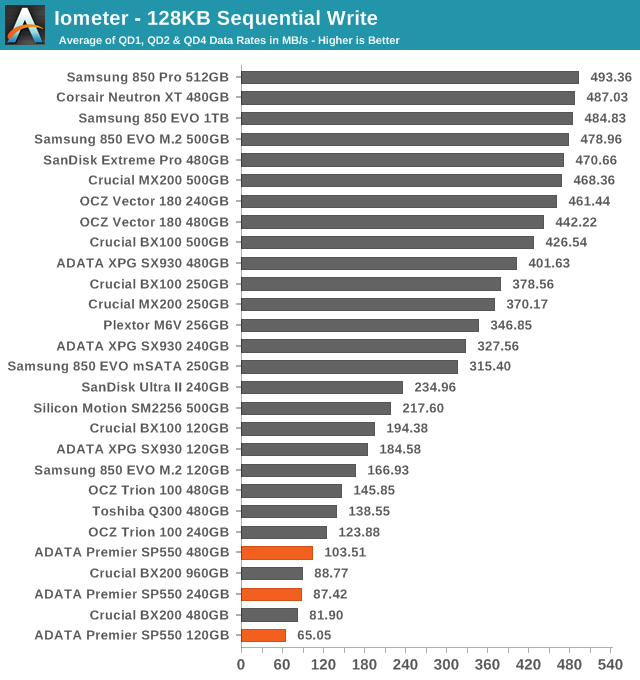- Mar 27, 2009
- 12,968
- 221
- 106
In my ITT: We predict how low the price floor on 120GB/128GB SSD drops thread it was brought up that future larger capacity dies could still maintain the same parallelism as a lower capacity NAND die provided enough planes were present to compensate (ie, 256 Gb V-NAND die with 2 planes = same parellelism as 128 Gb V-NAND die with one plane).
So I got to wondering as these NAND dies increase in capacity to 512 Gb and 1024 Gb how many planes would be necessary to saturate a low end 120GB/128GB SSD with two channel SSD controller as far as sequential reads go?
So I got to wondering as these NAND dies increase in capacity to 512 Gb and 1024 Gb how many planes would be necessary to saturate a low end 120GB/128GB SSD with two channel SSD controller as far as sequential reads go?



